Signs Your Herniated Disc Is Healing: What to Look For
From diminishing pain and improved mobility to the role of lifestyle choices in supporting recovery, discover the positive indicators that pave the way for a healthier, pain-free spine.
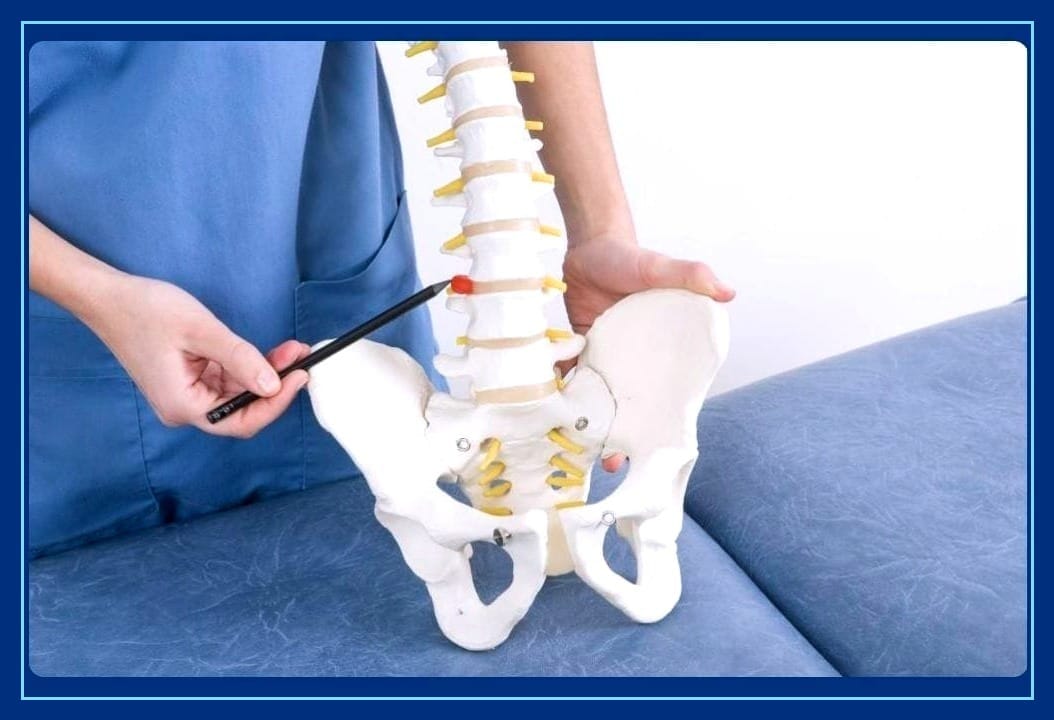
Dealing with a herniated disc can be a painful and worrying experience. However, understanding the healing process and recognizing the signs of improvement can provide peace of mind and a roadmap to recovery. In this comprehensive guide, we'll explore the key indicators that suggest your herniated disc is on the mend.
Key Takeaways:
- Recognizing the signs of a healing herniated disc can help you gauge your recovery progress.
- Decreased pain and improved mobility are primary indicators of healing.
- Consistent, gradual improvement over time is a positive sign, but it's essential to maintain proper care and follow medical advice to support recovery.
Understanding Herniated Discs
A herniated disc, also known as a slipped or ruptured disc, is a condition that occurs when the soft, gel-like center of a spinal disc protrudes through a tear or weakness in the tough outer layer.
These discs act as cushions between the vertebrae, providing flexibility, and shock absorption, and allowing smooth movement of the spine. A disc herniation can put pressure on nearby nerves, leading to various symptoms such as pain, numbness, or weakness in the affected area.
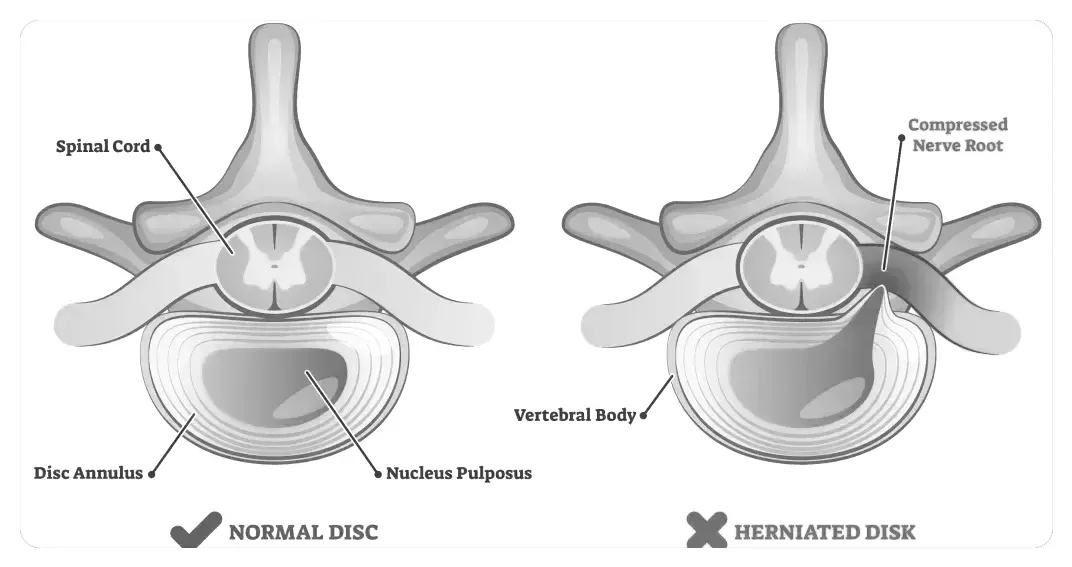
The condition is often associated with the natural aging process and wear and tear on the spine. As people age, spinal discs lose water content and become less flexible, making them more susceptible to herniation.
However, herniated discs can also result from injuries, trauma, or repetitive strain on the spine. The symptoms and severity of a herniated disc can vary depending on its location and the extent of nerve compression.
While many people with herniated discs experience no symptoms or mild discomfort, others may require medical intervention to manage pain and improve function.
Decreased Pain and Discomfort
One of the most significant signs that a herniated disc is healing is a noticeable reduction in pain.
Initially, the discomfort may be quite intense, but as the inflammation subsides and the disc begins to heal, the pain should gradually lessen.
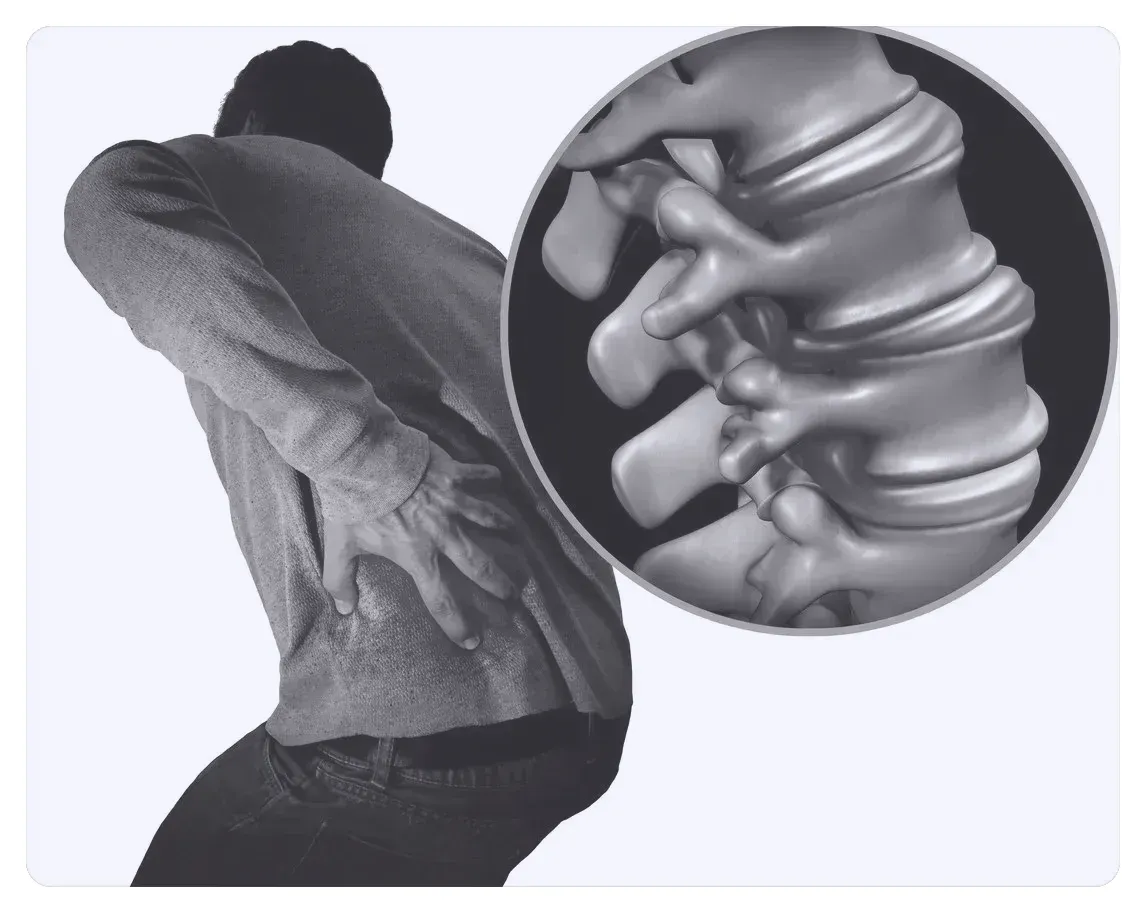
This decrease in pain is often the first indication that your body is successfully repairing the damaged disc.
Additionally, you may find that the need for pain medication diminishes. If you're relying less on pain relievers to get through the day, it's a good sign that your body is making progress in healing the herniated disc.
Improved Mobility And Flexibility
Improved mobility and flexibility are integral facets of the healing process for individuals recovering from a herniated disc. A herniated disc often leads to pain, stiffness, and reduced range of motion, impacting daily activities and overall quality of life.
As the body heals from a herniated disc, addressing these limitations becomes a focal point of rehabilitation.
Rehabilitative exercises play a crucial role in improving mobility. Physical therapy programs tailored to individual needs may include stretching exercises that target the affected area, promoting flexibility and relieving stiffness.

Strengthening exercises for the core and supporting muscle groups also contribute to enhanced stability and improved mobility.
These exercises aim to rebuild strength in the spine and surrounding structures, reducing the strain on the affected disc and facilitating a smoother range of motion.
Moreover, lifestyle adjustments are key contributors to improved mobility and flexibility.
Ergonomic considerations, such as maintaining proper posture during daily activities, lifting, and sitting, can alleviate stress on the spine and support ongoing healing.
Additionally, adopting a regular exercise routine that includes activities like swimming, walking, or yoga can contribute to overall flexibility and enhance the body's ability to move with greater ease.
Increased Muscle Strength
In the process of healing from a herniated disc, the development of increased muscle strength becomes a pivotal aspect of rehabilitation.
A herniated disc can lead to muscle weakness and imbalances as the body compensates for pain and reduced mobility.
Strengthening the muscles surrounding the spine not only supports the healing of the affected disc but also plays a crucial role in preventing future issues and promoting overall spinal health.
Rehabilitative exercises designed to target specific muscle groups are commonly incorporated into treatment plans.
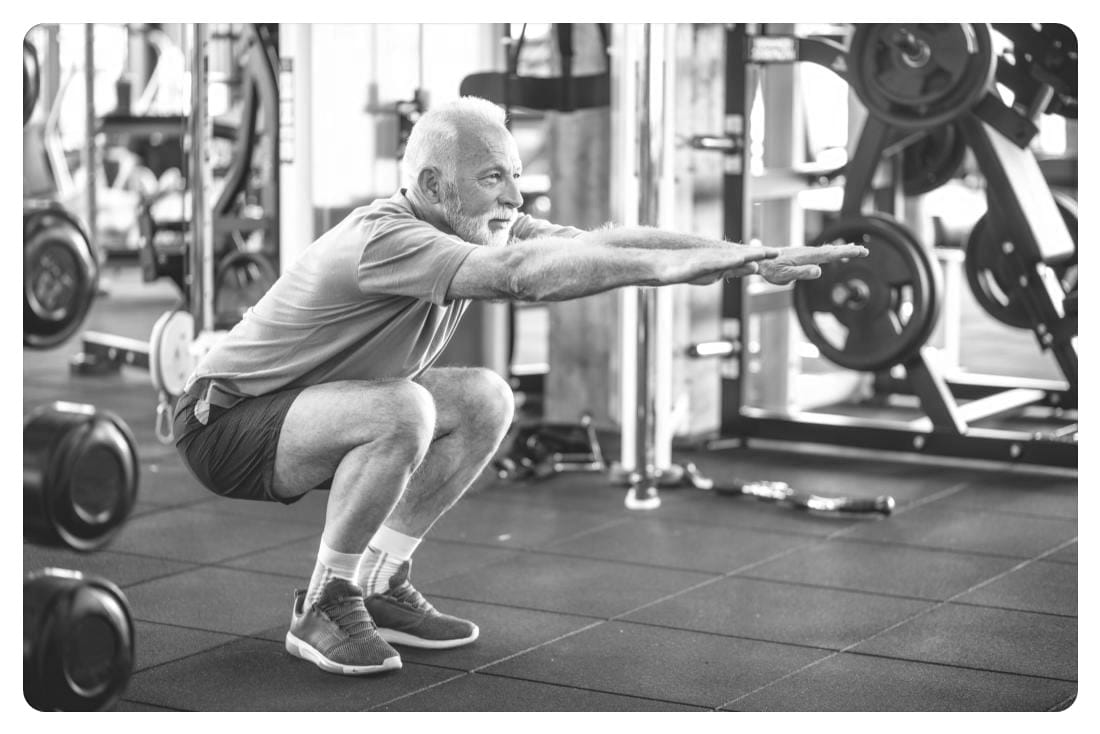
These exercises focus on the core muscles, including the abdominal and back muscles, as well as the muscles supporting the spine.
By gradually building strength in these areas, individuals can experience improved stability and support for the spine.
Stronger muscles contribute to better posture, reducing strain on the spine and minimizing the risk of recurrent disc issues.
Reduction in Nerve Symptoms
Herniated discs can cause symptoms such as numbness, tingling, or muscle weakness due to nerve irritation or compression.
As the healing process progresses, these nerve-related symptoms should begin to resolve. You might notice a return of sensation in previously numb areas or a decrease in the tingling sensations.
Muscle strength can also recover as the nerve heals, allowing you to perform previously difficult tasks. This recovery of nerve function is a positive sign that the herniated disc is healing.
Better Sleep Quality
Pain from a herniated disc can disrupt sleep patterns, making it difficult to find a comfortable sleeping position. As the disc begins to heal, you may experience improved sleep quality due to reduced pain.
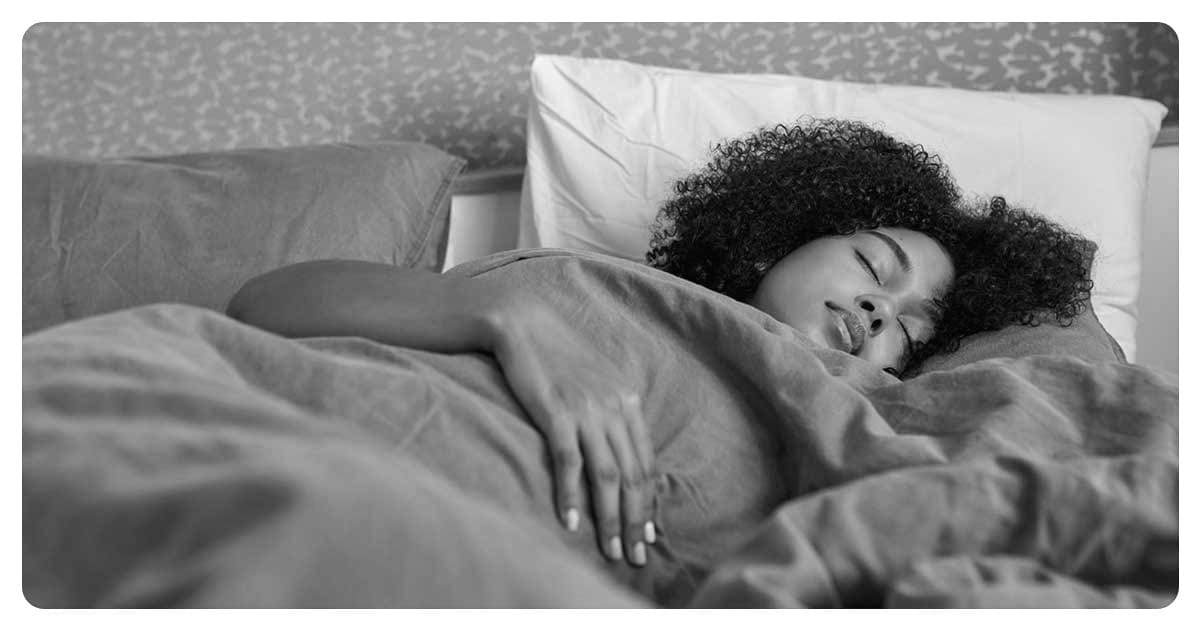
Being able to sleep through the night without waking up due to discomfort is a good indicator that your condition is improving.
Restful sleep is also essential for the body's healing process, so this improvement can contribute to a positive feedback loop, aiding further recovery.
Increased Daily Function
As the herniated disc heals, you'll likely notice an increase in your ability to perform daily activities without pain or limitation.
Once daunting tasks, such as sitting for extended periods or lifting objects, should become more comfortable.
This return to normalcy is a strong indication that your herniated disc is healing. However, it's important to continue following your healthcare provider's advice to avoid re-injury.
Consistency in Improvement
Healing from a herniated disc is typically a gradual process. Consistent improvement over time, without significant setbacks, is a good sign that your body is recovering as it should.
While there may be minor fluctuations in symptoms, a general trend towards less pain and better function is what you're looking for.
It's important to track your symptoms and discuss any changes with your healthcare provider to ensure you're on the right track.
Positive Response to Treatment
If you're undergoing treatment for a herniated disc, a positive response to these interventions can indicate healing.
Whether it's physical therapy, chiropractic care, or other conservative treatments, improvement following these methods is a good sign.
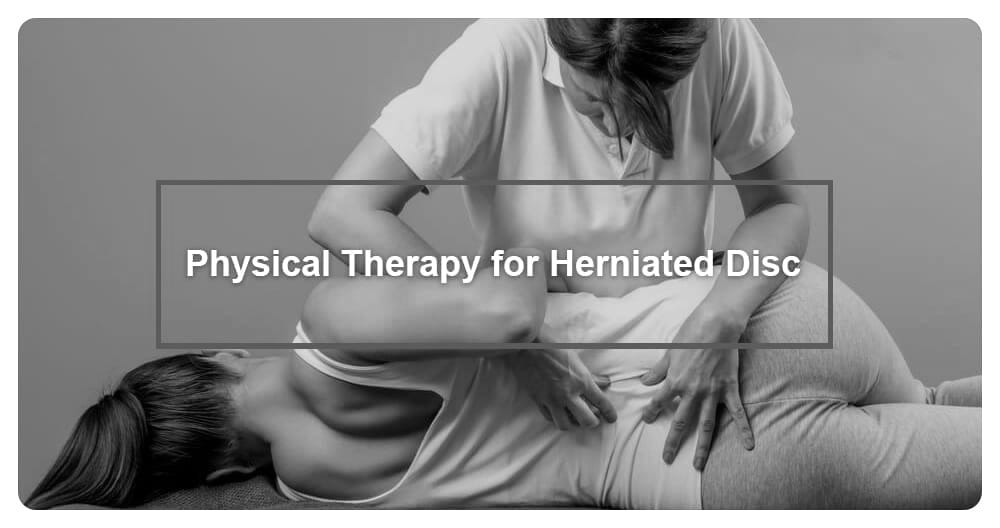
It's essential to stick with your treatment plan and communicate with your healthcare provider about what's working and what isn't. This collaboration is key to a successful recovery.
Medical Imaging
In some cases, your doctor may use medical imaging tests, such as MRI or CT scans, to monitor the progress of your herniated disc.
A reduction in the size of the herniation or less pressure on the surrounding nerves as seen in these images can confirm that the disc is healing.

However, it's important to note that imaging should be used in conjunction with symptom improvement, as some patients may feel better before changes are visible on scans.
Summary
Recognizing the signs that a herniated disc is healing is essential for anyone with this condition. Decreased pain, improved mobility, reduction in nerve symptoms, better sleep quality, increased daily function, consistency in improvement, and a positive response to treatment are all indicators that your herniated disc is on the mend. It's important to maintain an open dialogue with your healthcare provider and continue with prescribed treatments to support the healing process.
FAQ Section
Q 1: How Long Does it Take for a Herniated Disc to Heal?
Answer: The healing timeline for a herniated disc varies among individuals and depends on several factors, including the severity of the herniation, the chosen treatment approach, and the body's natural healing process.
In many cases, conservative treatments such as rest, physical therapy, and pain management contribute to noticeable improvement within a few weeks to months. However, more severe cases or those requiring surgical intervention may have a more extended recovery period.
Individuals must follow their healthcare provider's guidance, engage in recommended rehabilitative exercises, and allow adequate time for the healing process to unfold. Patience and adherence to a comprehensive treatment plan are key to achieving optimal recovery from a herniated disc.
Q 2: What Are Positive Signs that a Herniated Disc is Healing?
Answer: Positive signs of healing from a herniated disc often include a reduction in pain and other associated symptoms. As the inflammation around the affected nerve roots decreases, individuals may experience a gradual alleviation of pain, tingling, and numbness.
Improved flexibility and increased mobility are also positive indicators of healing. Additionally, individuals may find that daily activities become more manageable, and the need for pain medication diminishes.
While these signs suggest progress, it's essential to recognize that healing is a gradual process, and individuals should continue to follow their healthcare provider's recommendations for ongoing rehabilitation to support long-term recovery.
Q 3: Can Lifestyle Choices Affect the Healing of a Herniated Disc?
Answer: Yes, lifestyle choices play a significant role in the healing of a herniated disc. Maintaining a healthy lifestyle can contribute to the overall well-being of the spine and facilitate the healing process.
Regular exercise, particularly activities that strengthen the core and support spinal health, can aid in preventing future disc issues and promote healing. Proper body mechanics, including using correct lifting techniques and maintaining good posture, help prevent additional strain on the spine.
Additionally, a balanced diet rich in nutrients supports the body's natural healing mechanisms. Adequate hydration is also crucial for maintaining disc health by ensuring the spinal discs remain adequately hydrated.
Making positive lifestyle choices not only supports the healing of a herniated disc but also promotes long-term spinal health and reduces the risk of recurrence.
